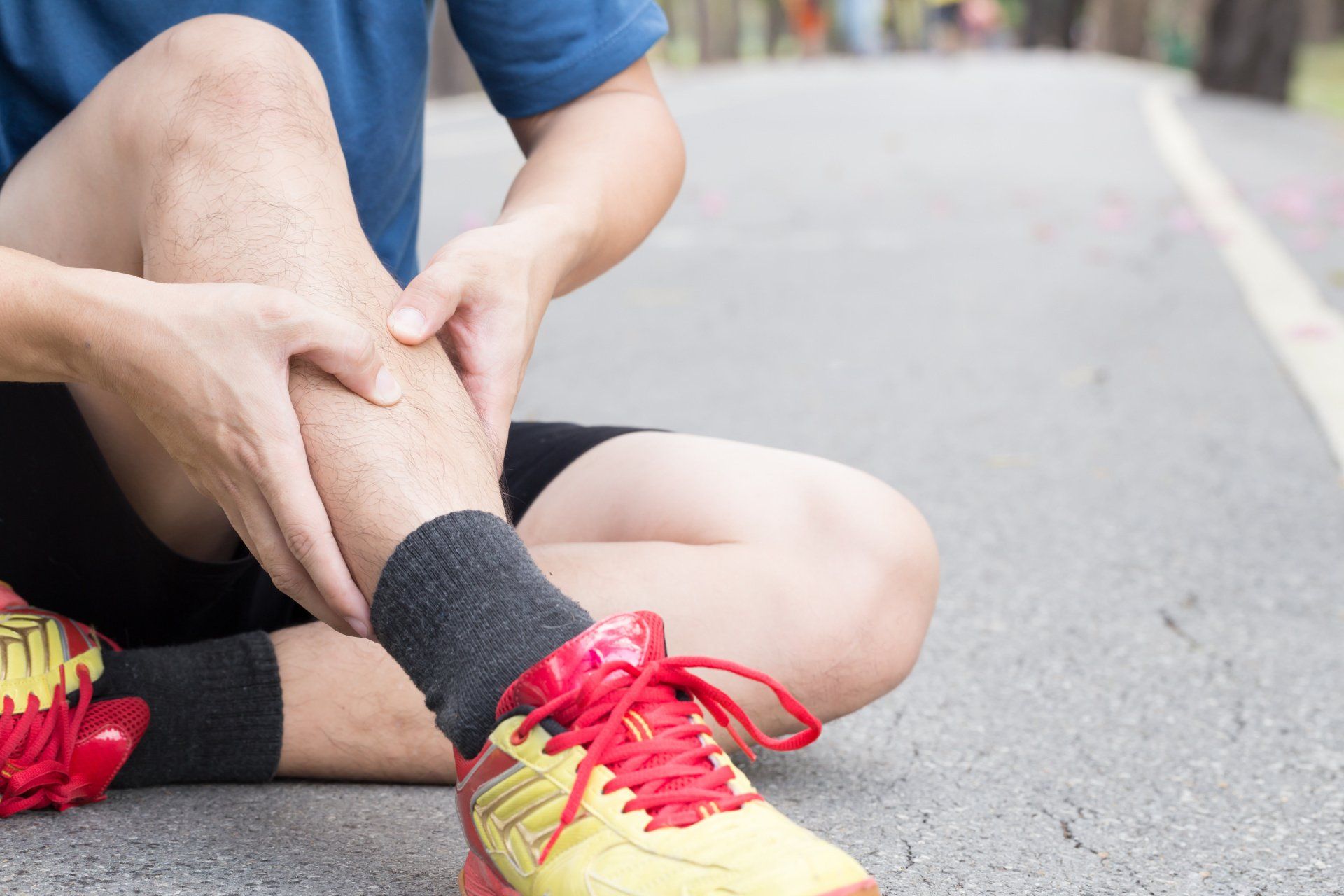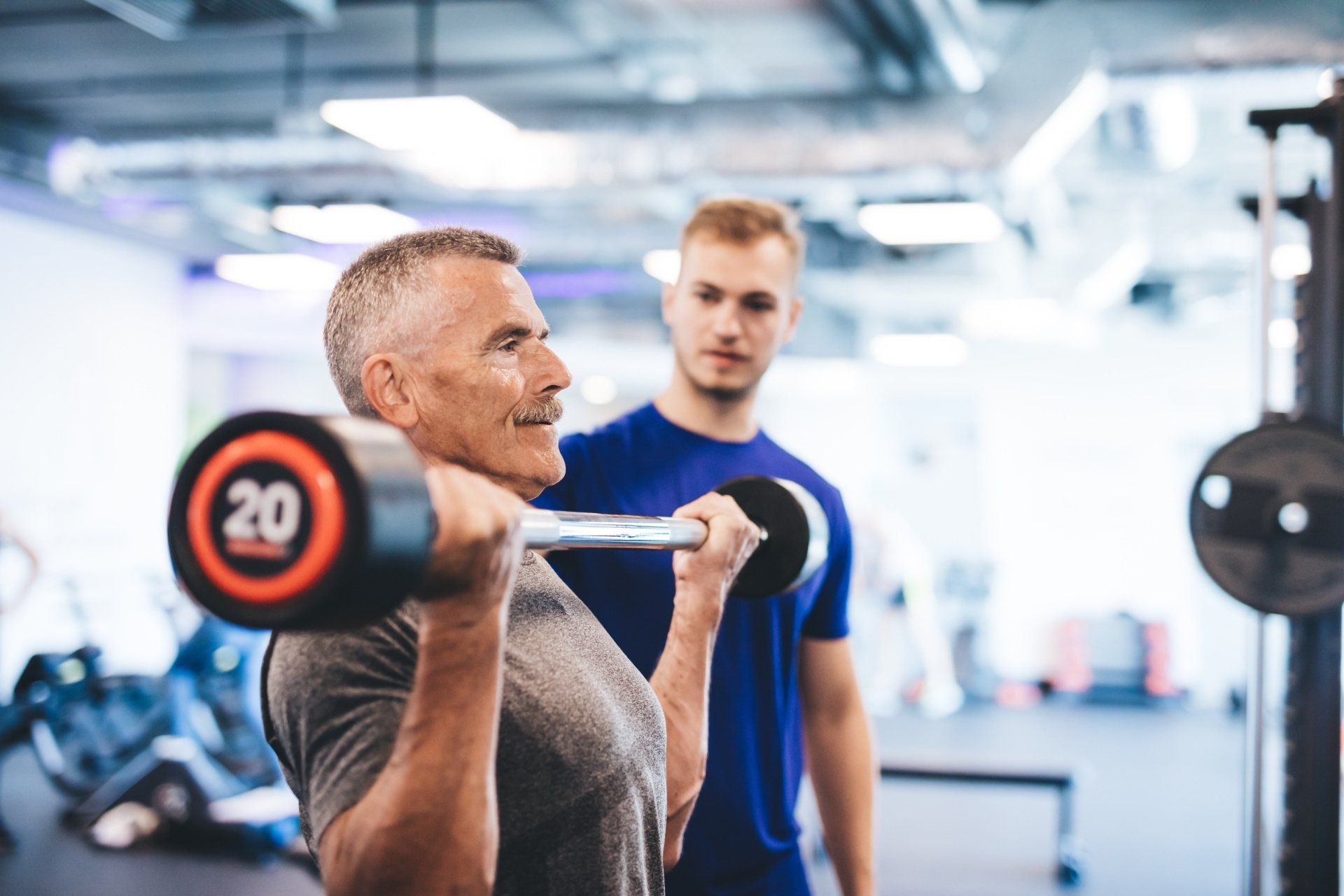Medial Tibial Stress Syndrome (Shin splints)

What is it?
Medial Tibial Stress Syndrome (MTSS) is a common overuse injury in runners and is described as exercise-induced pain down the inside border of the shin bone.
Symptomatic of this is pain provoked by physical activity and reduced by relative rest. Pain may also be felt by pressing the inner aspect of the shin bone and is caused by inflammation of the periosteum* along this bone.
*The periosteum is a fibrous tissue that covers the outer surface of the bone, it plays an important role in bone growth and repair
What causes it?
Although ‘training error’ may be the most likely cause of the pain, biomechanical issues may also be part of the picture.
There is evidence pointing to the potential for a range of muscular imbalances:
- calf weakness or tightness
- excessive foot pronation
- foot arch issues
- imbalance in strength and/or flexibility between the hamstrings and the quads.
All of which your therapist should examine and assess.
In addition, hip and core strength are implicated in lower limb injuries more generally, meaning these will also benefit the rehabilitation process.
Rehab
As with all overuse injuries, the immediate treatment is to manage load through a reduction in aggravating activities.
This should encompass a reduction in running distance, frequency, and intensity, but can also include the introduction of a low impact activity, like cycling.
If this is not the first time of experiencing MTSS or it is a persistent problem, it may be worth assessing your walking and/or running gait, which again will be suggested by the therapist. So, in all the spare time created by cutting down on the running, there are plenty of exercises that can still be done to help you get strong, and plenty of time to do it in!
Summary
- Common overuse injury, often seen in runners.
- Exercised induced pain, often on the inside border of the shin bone.
- Immediate reduction in the amount of load placed upon the lower limb is recommended, being replaced by non-weight bearing activities such as swimming, cycling etc.
- Assessment of muscular imbalances should be made by a therapist.
- Hip and core stability and strength exercises should begin.
- Full assessment of walking or running gait is recommended.
Read more...





